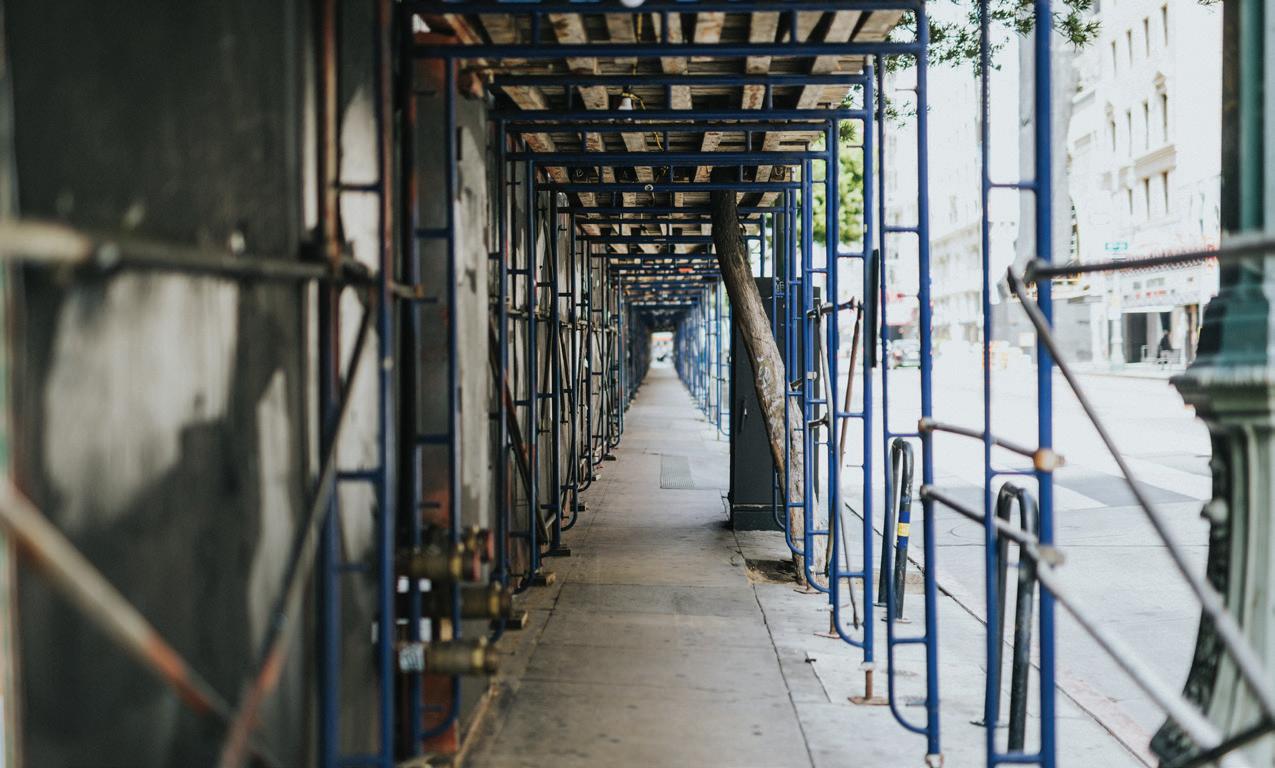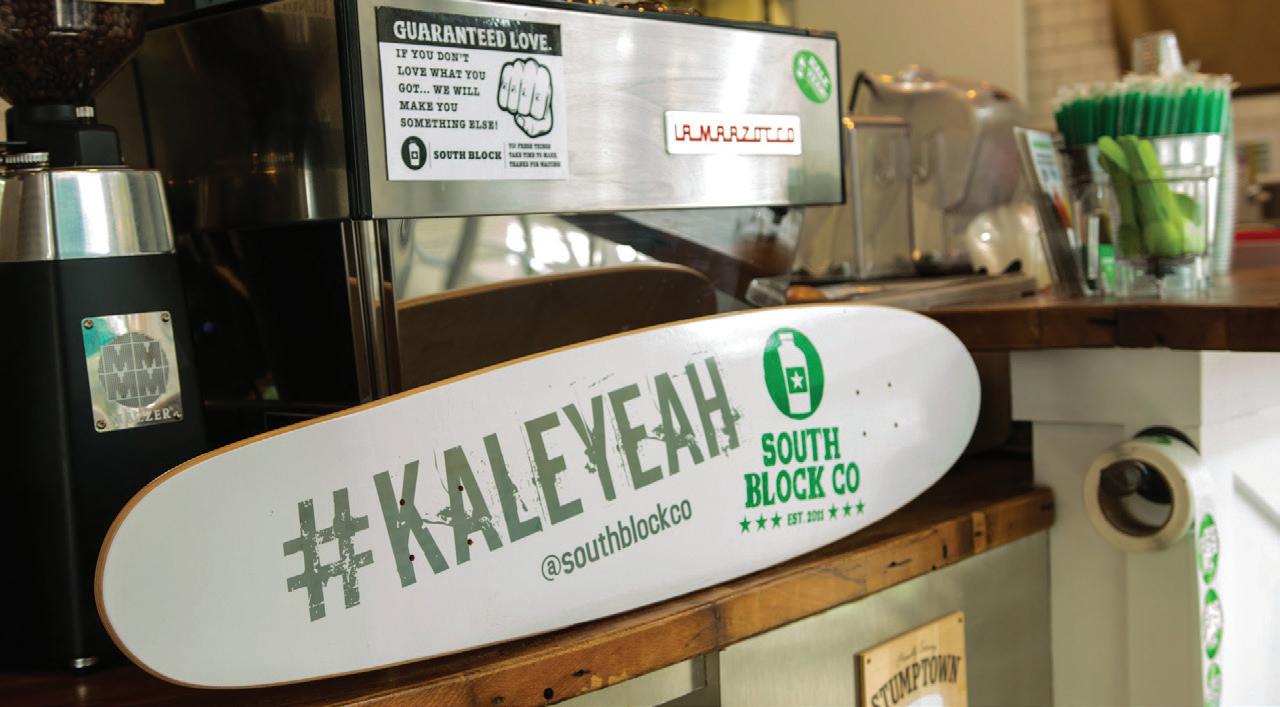
5 minute read
PPP advice for restaurant owners
PPP Advice for restaurant operators
By Matt Hetrick
Advertisement
Guidance from CPA Eats breaks down Paycheck Protection Program (PPP)
Editor’s comment: The following insights are attributed to CPA Eats, used with permission from the firm. They are edited for conciseness.
If you received the Paycheck Protection Program (PPP) loan, the decision to keep the loan will come down largely to working capital on hand and your expectation of being able to achieve forgiveness.
We highly recommend depositing the PPP loan funds into a separate bank account and spending them only on qualified expensespayroll, rent, and utilities, generally. If you spend the funds, keep an accurate accounting of every dollar spent.
Determine whether you need an immediate cash infusion from PPP funds by examining your working capital, cash on hand, money in the bank, operating status and sales.
If you are in a strong working capital position and are currently closed, without plans to bring staff back at full force within the timeframe currently required by PPP rules, make your spending decisions with the PPP loan funds carefully. The best course of action may be to monitor how the PPP rules evolve over the next several weeks, rather than rushing to spend the money in a fashion that is not consistent with the long term success of your business. If the PPP rules do not change in a beneficial manner and you are unable to reopen and bring your staff back by June 30th, you may be better off simply returning the money as you are not able to spend it in compliance with the rules.
When to keep the loan
• If you are operating at a high volume on delivery and takeout (more than 50% of prior year period sales) and have some money in the bank, then PPP is likely highly beneficial for you, even if you have only a limited amount of employees on payroll and can only get partial forgiveness. Whatever amount is forgiven will benefit you, as you are still going to pay the employees and the rent, with or without the PPP.
• If you are out of money and open or closed, but still have the expectation that you will be bringing back a full workforce eventually, the PPP is likely an outstanding program to help provide you with the working capital you need to keep going. •
If you do not have cash currently, this is the most realistic way to get working capital. It is the only real source of working capital available. • If you are open with a reduced payroll, you can use PPP to pay those who are currently working, but do not use it just to put everyone back on the payroll.
How to manage your loan
Any PPP funds that are not spent can be returned. You should not spend wastefully. While a small portion of the PPP funds can be used for rent and utilities, you should focus on rent abatement conversations with your landlords at this time, particularly if you are shut down. The PPP loan rules do not allow you to achieve forgiveness without spending the vast majority of PPP funds on payroll. You should be plotting a sustainable long term structure for success that works for your restaurant, your employees, and your landlord. Borrowing short term money to pay rent during the shutdown should not be your default if you do not expect PPP forgiveness. Remember, in the current environment, landlords are able to adjust mortgage terms and are obligated to pass the savings through to tenants.
When to be persistent
• If you did not get the PPP loan in the first round, connect with your bank now.
•If we learned anything from the first round of applications, it is that the money will go quickly.
•If your main bank is not responding, look into nontraditional lenders that are not banks. Navigate to https://www.sba. gov/paycheckprotection/find for lender recommendations from SBA.
• If you submitted an application and it was denied, make sure whoever you worked with before is going to effectively execute your loan. You should not assume that your loan application will automatically be put through again, and you should take every step to ensure that it is in fact resubmitted.
• Make sure you are connecting with a specific person at your bank during this process. You need a firm answer: call and email until you speak with someone directly.

The future’s not set for restaurants, but many eateries will never reopen due to a lack of funding and capital infusion.
Photo by Nathan Dumlao.
How to consider PPP vs. Employee Retention Credit (ERC)
The ERC might be a better option for any business with a decent-sized working capital reserve that is either operating at a limited ongoing level (less than 50% of ongoing sales) or currently dormant. The PPP loan might work better for businesses who are either about to, or have already run out of money.
What is the ERC?
The Employee Retention Credit is a fully refundable tax credit for employers, equal to 50 percent of qualified wages (including allocable qualified health plan expenses) that Eligible Employers pay their employees. This ERC applies to qualified wages paid after March 12, 2020 and before January 1, 2021. The maximum amount of qualified wages taken into account for each employee for all calendar quarters is $10,000, making the maximum credit for an Eligible Employer for qualified wages paid to any employee $5,000. You can access this credit by reducing upcoming deposits or requesting an advance credit on Form 7200, Advance of Employer Credits Due To COVID-19.
You CANNOT utilize both PPP and ERC, so make sure to weigh the pros and the cons ahead.
If you have additional questions, you can connect with CPA Eats directly. We are here to support you during these uncertain times and provide you with information that will help you make the most educated decision. As more details become clear, we will share.
While these are extremely uncertain times, we cannot share a blanket answer that works for every restaurant. Ultimately, the loan strategy and decision is going to be made based on the unique nature of your restaurant. You should always consult an accountant or financial professional. This is general guidance only.



